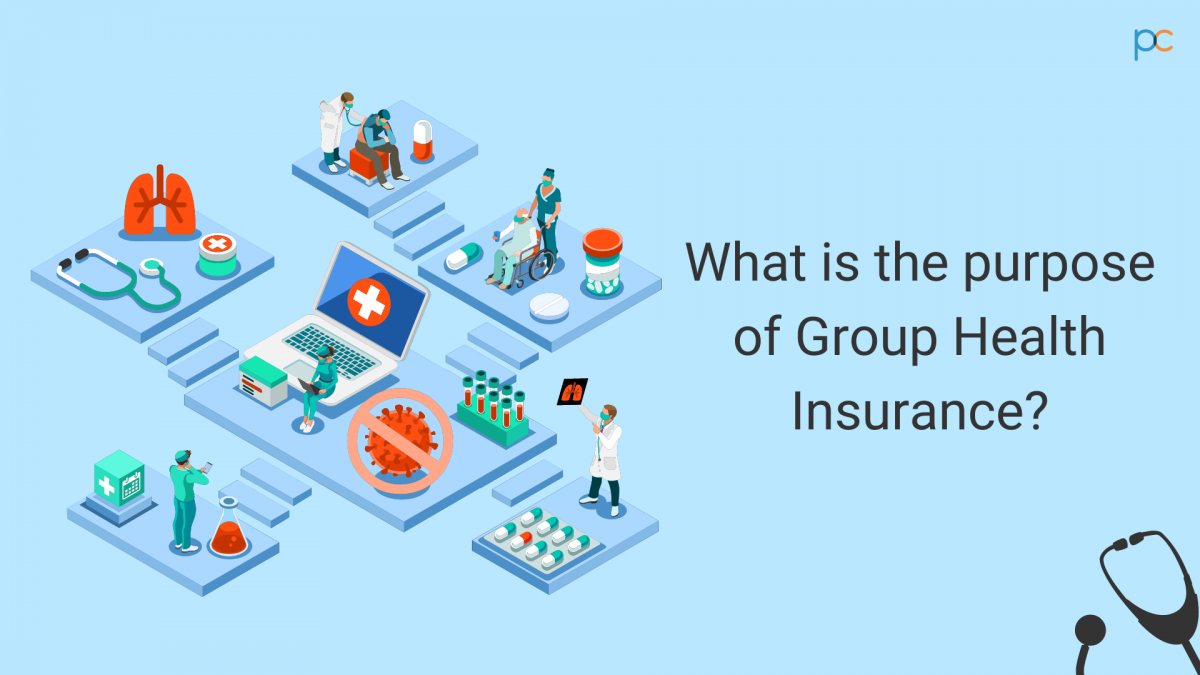Our Pacific Prime Diaries
Table of ContentsRumored Buzz on Pacific PrimePacific Prime for DummiesNot known Details About Pacific Prime 7 Easy Facts About Pacific Prime Explained
In many states, the insurer is required to send you a duplicate of the adjustments to your plan. It is vital that you check out Endorsements or Bikers so you comprehend how your policy has actually altered and if the policy is still sufficient to meet your demands. To get a duplicate of your insurance plan, please call your insurance coverage agent or company.
The Institute of Medication (IOM) Board on the Consequences of Uninsurance launches an extended exam of proof that addresses the significance of medical insurance coverage with the publication of this record. Protection Matters is the initial in a series of 6 records that will be released over the next two years recording the truth and consequences of having actually an estimated 40 million individuals in the United States without wellness insurance policy protection.

What Does Pacific Prime Mean?
The objective of this collection of researches is to refocus policy interest on a historical trouble. Following the longest economic growth in American background, in 1999, an approximated one out of every six Americans32 million adults under the age of 65 and more than 10 million childrenremains uninsured (Mills, 2000).

Ten percent of the population represent 70 percent of wellness treatment expenditures, a correlation that has actually stayed consistent over the previous 3 decades (Berk and Monheit, 2001) - group insurance plans. Hence wellness insurance policy continues to serve the feature of spreading risk also as it increasingly funds regular treatment. From the viewpoint of healthcare service providers, insurance lugged by their patients helps protect an income stream, and neighborhoods gain from monetarily viable and steady healthcare experts and organizations
Federal government provides medical insurance to populations whom the personal market may not offer effectively, such as handicapped and senior citizens, and populations whose accessibility to healthcare is socially valued, such as youngsters and expecting ladies. The utmost ends of health and wellness insurance policy protection for the specific and neighborhoods, consisting of workplace neighborhoods of staff members and employers, are boosted health outcomes and high quality of life.
Get This Report on Pacific Prime
Workers rank medical insurance initially without a doubt in value amongst all the advantages supplied in the office (Salisbury, 2001). There have actually been large financial investments of personal and public funds to provide health and wellness insurance, many individuals still have no coverage. In spite of comprehensive reporting of study findings and health treatment research results, the public stays confused and misinformed about Americans without medical insurance and the implications of lacking protection.

Without inquiry, the intricacy of American healthcare funding devices and the wide range of resources of details contribute to the general public's confusion and skepticism about medical insurance stats and their interpretation. This report and those that will certainly follow objective to distill and present in readily understandable terms the comprehensive research study that bears on concerns of medical insurance protection and its significance.
Fifty-seven percent of Americans polled in 1999 thought that those without wellness insurance coverage are "able to obtain the care they need from medical professionals and hospitals" (Blendon et al., 1999, p. 207). In 1993, when national attention was focused on the problems of the without insurance and on pending health and wellness care regulation, just 43 percent of those polled held this idea (Blendon et al., 1999).

They additionally get less preventive services and are much less most likely to have regular care for persistent conditions such as high blood pressure and diabetes mellitus. Chronic illness can result in costly and disabling complications if they are not well taken care of (Lurie et al., 1984; Lurie et al., 1986; Ayanian et al., 2000). One national survey asked greater than 3,400 adults about 15 highly significant or morbid conditions.
The 4-Minute Rule for Pacific Prime
Additional evidence exists later in this chapter in the discussion of insurance coverage and access to healthcare. https://peatix.com/user/21635503/view. Individuals without medical insurance are young and healthy and pick to do without protection. Practically half (43 percent) of those evaluated in 2000 thought that individuals without medical insurance are more probable to have wellness troubles than people with insurance policy
Voters and plan makers in emphasis team discussions identify those without insurance as young individuals that have the opportunity to be covered and feel they do not require it (Porter Novelli, 2001). Compared to those with at the very least some private insurance coverage, the uninsured are less most likely to report remaining in outstanding or excellent health and wellness (Firm for Healthcare Research Study and Top Quality, 2001).
SOURCE: Center for Price and Funding Research Studies, Company for Medical Care Research and High quality, based upon MEPS information. Young adults between 19 and 34 are much more most likely to do not have wellness insurance coverage than any type of various other age group. This is primarily because they are less typically eligible for employment-based insurance policy as a result of the nature of their job or their short tenure in it.
The understanding that individuals without insurance have better-than-average health and wellness complies with from puzzling the fairly young age account next of the without insurance with the far better wellness, typically, of younger persons. This obscures the link in between wellness standing and wellness insurance policy. For those without access to workplace health insurance, poor health and wellness is a prospective barrier to buying nongroup protection due to the fact that such insurance coverage might be extremely priced, leave out preexisting problems, or be merely inaccessible.